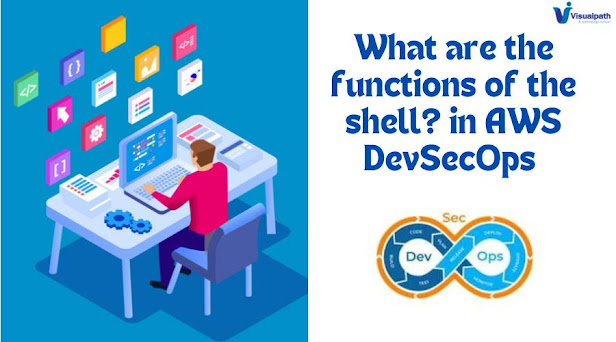What Are The Basic Commands Of Linux?
Linux, with its powerful command-line interface, is renowned for its versatility and efficiency. Whether you're a seasoned sysadmin or a novice user, mastering the fundamental commands is essential for navigating and managing your Linux system effectively. Let's explore some of the basic commands that every Linux user should know: DevSecOps Training in Hyderabad
ls: Perhaps the most
fundamental command, ls, lists the contents of a directory. By default, it
displays the names of files and directories in the current directory.
cd: Short for "change directory," cd allows you to navigate
between different directories within the file system. Simply specify the
directory you want to move to as an argument. DevSecOps Course in
Hyderabad
pwd: Stands for "print working directory." pwd displays the
full path of the current directory you're in. AWS DevSecOps Training
mkdir: Need to create a new directory? Use mkdir followed by the name of
the directory you wish to create. AWS DevSecOps Online
Training
rmdir: Conversely, rmdir is used to remove directories. Be cautious,
though—rmdir only works on empty directories. AWS DevSecOps Training
in Ameerpet
touch: Want to create an empty file or update the timestamp of an
existing file? Touch is the command for you.
rm: Short for "remove," rm is used to delete files and
directories. Exercise caution, as deleted files cannot be easily recovered. DevSecOps Training in
Ameerpet
cp: Need to make a copy
of a file or directory? Cp allows you to do just that. Specify the source
file/directory and the destination.
mv: Similar to cp,
mv moves files and directories from one location to another. However, mv also
serves as the command to rename files and directories.
cat: Short for
"concatenate," cat is primarily used to display the contents of a
file. It can also be used to create, concatenate, and display files.
more/less: When dealing with large files, more and less come in handy for
viewing file contents page by page. Less provides more advanced features like
searching and navigation.
DevSecOps Training
Online
grep: Need to search
for a specific pattern within a file? Grep allows you to search for text
patterns using regular expressions.
chmod: Stands for
"change mode." Chmod is used to modify the permissions of files and
directories, determining who can read, write, or execute them.
chown: Short
for "change owner," chown allows you to change the ownership of files
and directories. DevSecOps Training
Institute in Hyderabad
sudo: When you need to
perform administrative tasks, sudo grants you temporary superuser privileges.
Use it with caution, as improper use can have serious consequences.
These
are just a few of the essential Linux commands that form the foundation of
mastering the Linux command line. By familiarizing yourself with these commands
and their functionalities, you'll be well-equipped to tackle a wide range of
tasks and unleash the full potential of your Linux system.
Visualpath is the Best Software Online Training Institute in
Hyderabad. Avail complete AWS DevSecOps Online Training worldwide.
You will get the best course at an affordable cost.
Attend
Free Demo
Call on - +91-9989971070.
WhatsApp: https://www.whatsapp.com/catalog/919989971070
Visit: https://www.visualpath.in/aws-devsecops-online-training.html




Comments
Post a Comment